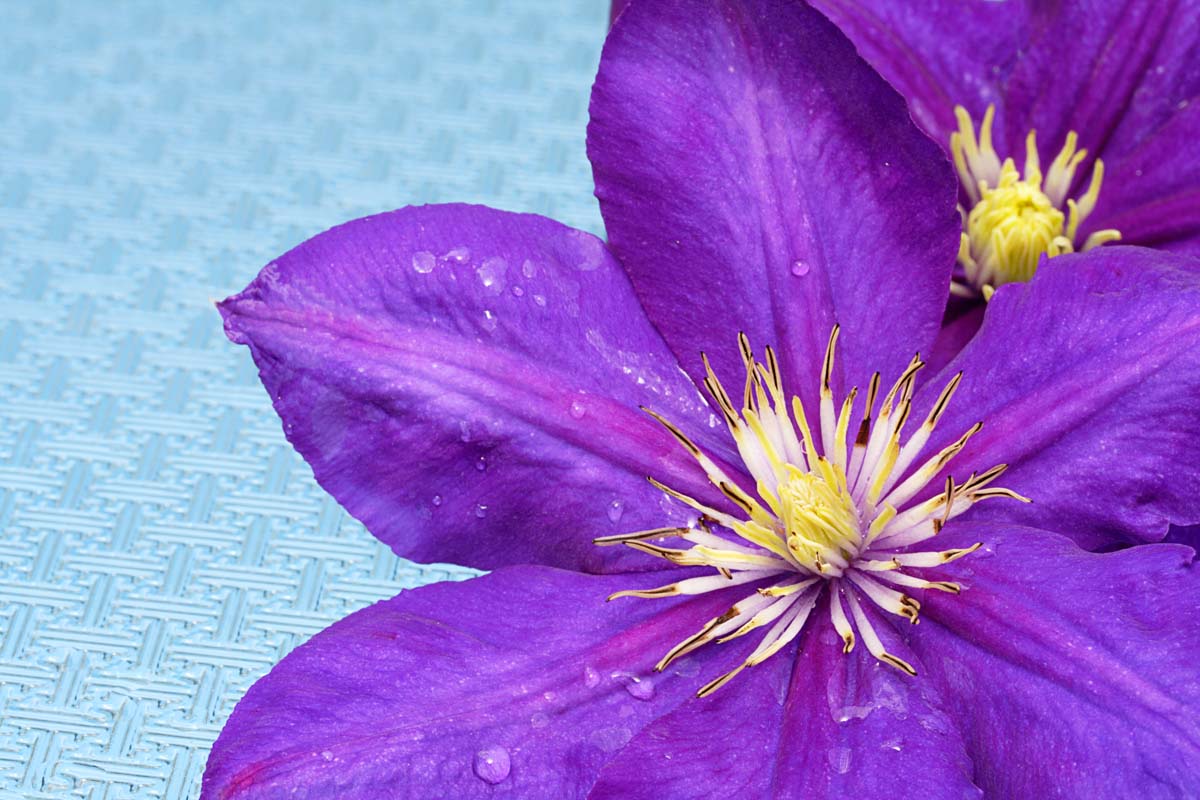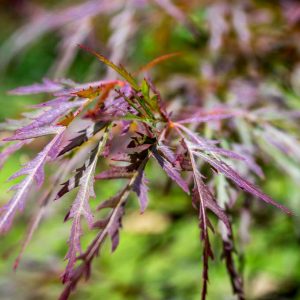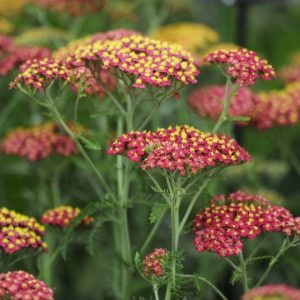Description
Clematis – Atragene – Old Man’s Beard – Traveler’s Joy – Virgin’s bower –
There are about 250 species of evergreen or deciduous, mainly semi woody to woody, twining leaf climbers and woody based herbaceous perennials, in this genus. They occur in the Northern and Southern Hemispheres, including Europe, the Himalayas, China, Japan, Australasia, North and Central America. More than 2,500 mainly large flowered cultivars are grown. Due to the diversity of the species-which includes short growing herbaceous perennials, scandant or trailing shrubs, climbers reaching 30′ feet in height-habit and leaf form vary greatly. The opposite, occasionally alternate, hairy to hairless leaves are simple, 3 palmate, or pinnate or 2 pinnate, with smooth edged to irregularly cut edges. Climbing species attach to host plants or supporting structures by means of their leaf stalks. More specific leaf information is given in the group descriptions below. The mostly bisexual, rarely unisexual flowers are carried singly or in cymes or panicles. They have 4-10 tepals (often referred to as sepals) and vary greatly in shape and size. Clematis are grown for their abundant flowers, often followed by decorative, filamentous silvery gray seed heads. Use climbing species to clothe a wall, arbor, trellis, or pergola, they can also be grown over large shrubs or small trees. Grow herbaceous species in a mixed or herbaceous border.
Grow in fertile, humus rich, well drained soil in sun or partial shade, with the roots and base of the plant in shade. Herbaceous species prefer full sun. Mulch all clematis in late winter with compost or well rotted manure, avoiding the crown. Plant climbing clematis with the top of the root ball about 3″ below the soil surface, to reduce risk of clematis wilt and encourage production of strong shoots from below soil level. After planting, cut back top growth of deciduous climbers to a strong pair of buds about 12″ above soil level, Provide strong support and tie in initially until plants begin to climb by themselves. Support herbaceous species and cultivars with twiggy brushwood.
Plant in groups of 3 and pick from the 3 groups of clematis and have blooms throughout the season.
For ease of reference, clematis may be divided into the following 3 groups:
- Early flowering species
- Early to mid-season flower, large flowers cultivars
- Late, large flowered cultivars
Prone to scale insects, whiteflies, earwigs, aphids, wilt, powdery mildew, rust, fungal spots, and stem cankers
Group 3- Late, large-flowered cultivars – bears flowers on the current year’s shoots in summer and early autumn. They are deciduous with pale to mid green leaves, mostly 4-6″ long with 3 ovate or lance shaped leaflets, or simple and ovate, to 4″ long. Flowers are single, outward facing, and usually saucer shaped, 3-6″ across
Late-flowering species and small flowered cultivars- flower on the current year’s shoots from summer to late autumn. They generally are deciduous, with pale to dark green or gray green leaves, 3/4-6″ long, and are either pinnate or 2-pinnate, with lance shaped leaflets, or simple and lance shaped. Blooms are single or double, and saucer shaped, star shaped, bell shaped, open bell shaped, tulip shaped, or tubular, ½-4″ across
Herbaceous species and cultivar – bear flowers on current years shoots from mid summer to late autumn. They are suitable for a mixe4d border with perennials. The leaves are mid to dark green or grayish green, and either simple and lance shaped to ovate or heart shaped, 1-6″ long, some with toothed margins, or 1-3″ long with 3-5 lance shaped to ovate leaflets. Single flowers are either saucer shaped, ½-3/4″ across, or bell shaped or tubular, ½-1 ½” long.
C. ‘Jackmanii’ – This late, large flowered climber grows 10′ feet tall and 3′ feet wide. In mid and late summer it bears abundant single, velvety, purple flowers, 3-6″ across, with light greenish brown anthers.
Zones 4-11





